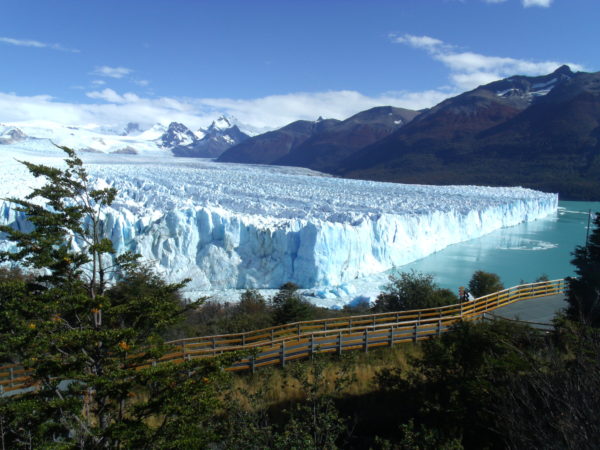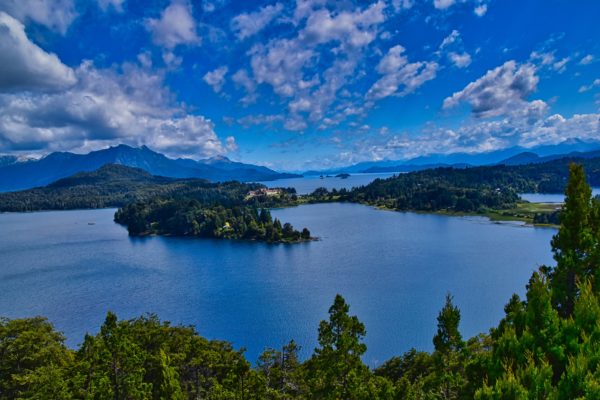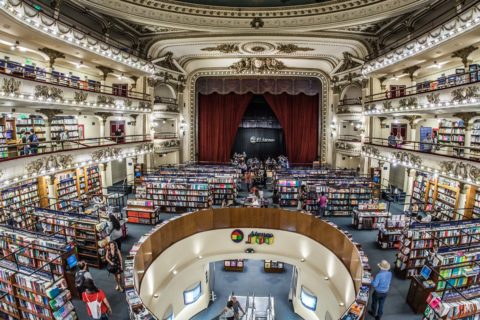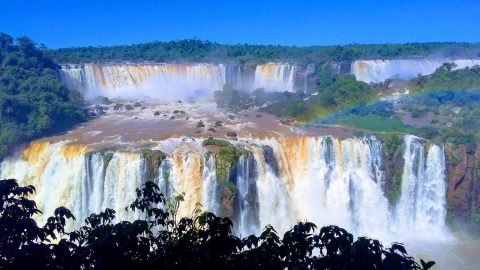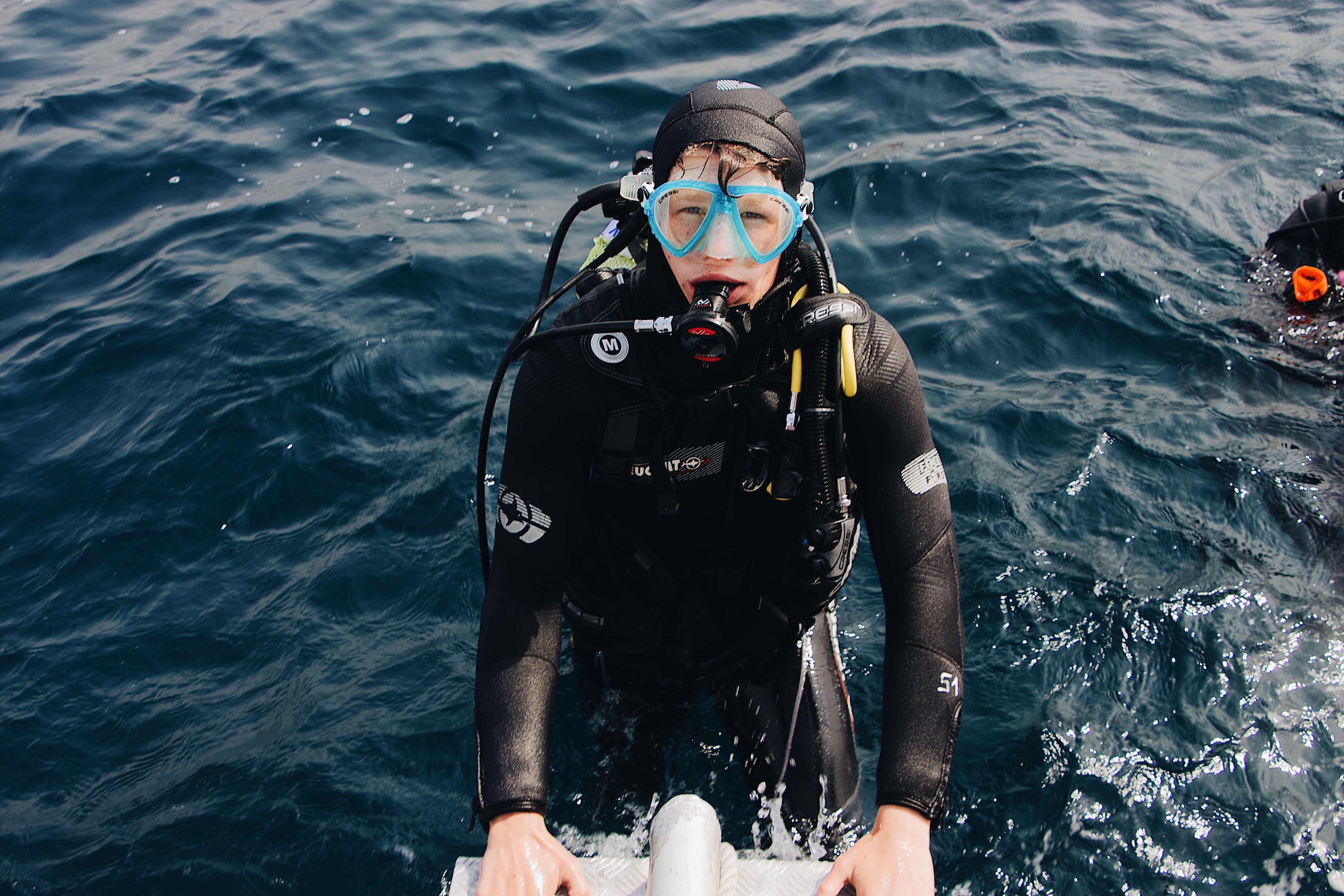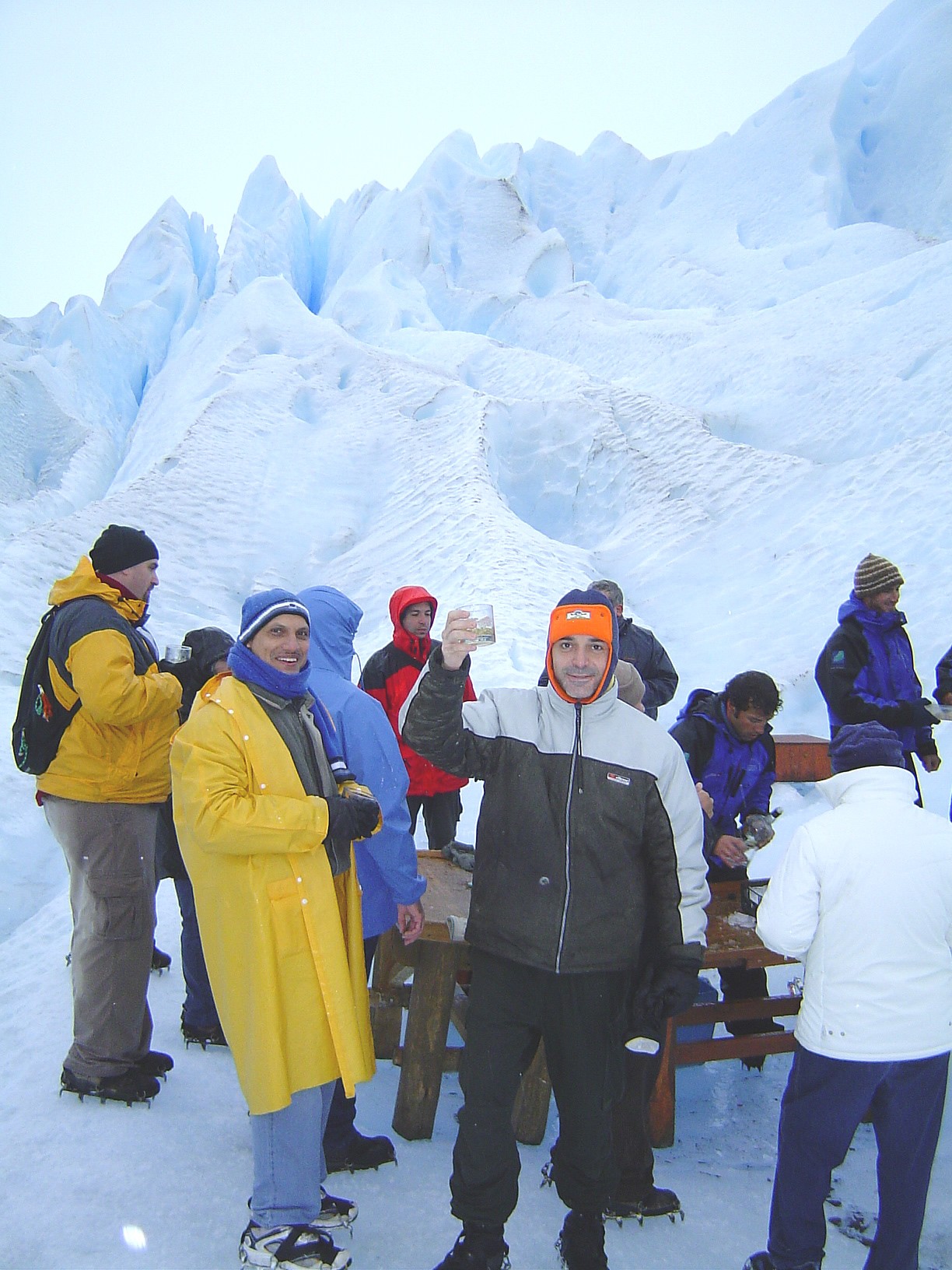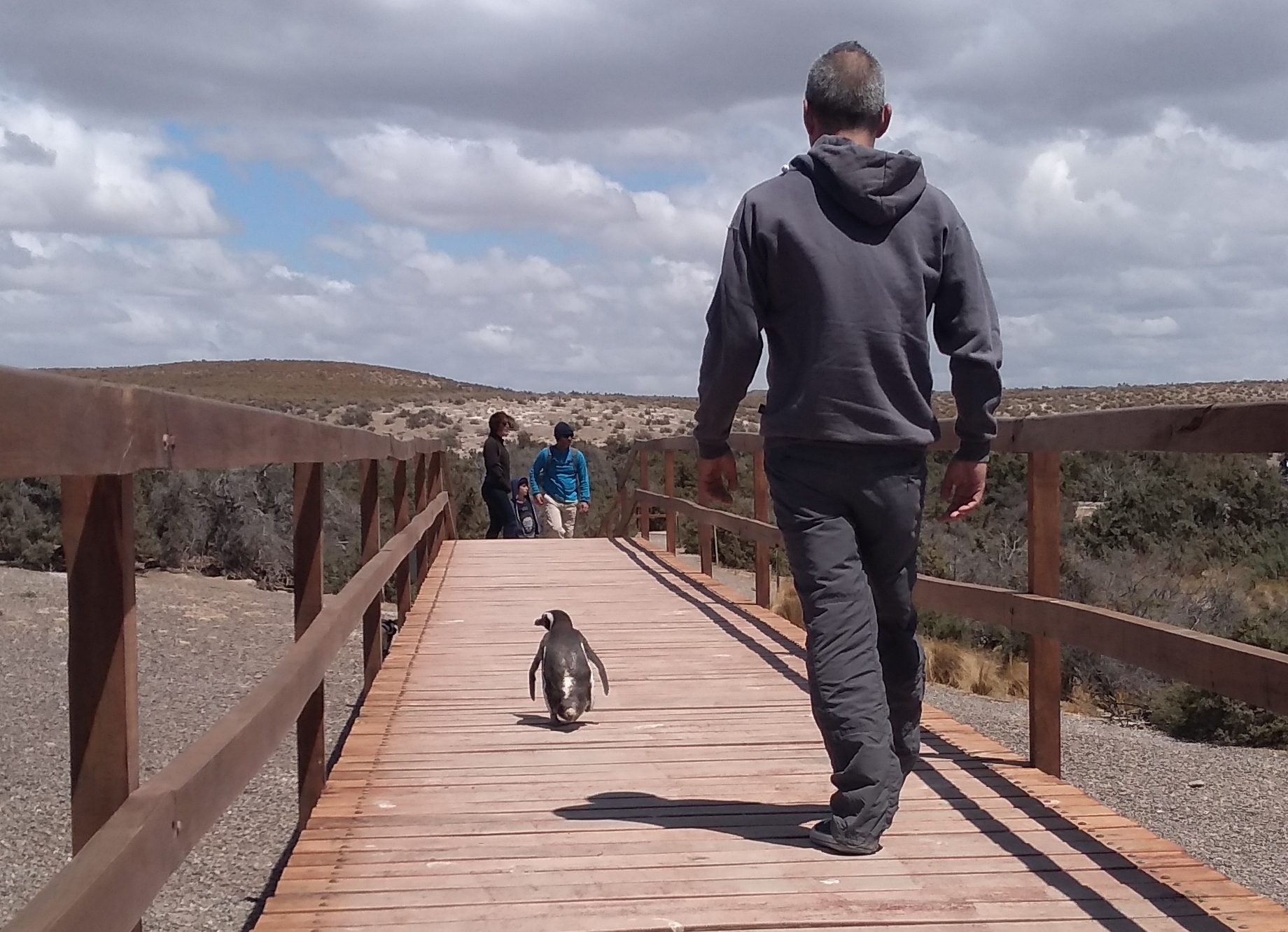Absolute Argentina
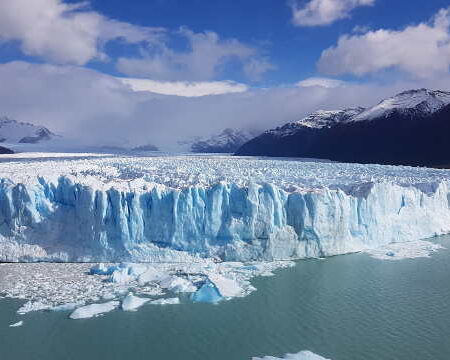 $ 2.690,00 – $ 5.350,00Price range: $ 2.690,00 through $ 5.350,00
$ 2.690,00 – $ 5.350,00Price range: $ 2.690,00 through $ 5.350,00Duration: 13 days.
Destinations: Buenos Aires, El Calafate, Puerto Iguazú, Ushuaia.
Highlights: Beagle Channel, Cruises & Navigation, Perito Moreno Glacier, Lake Argentino, Lake Escondido, Iguazu National Park, The Glaciers National Park, Tierra del Fuego National Park, Tango, Train of the End of the World.
This tour is available all year round and departs daily.
Destinations: Buenos Aires, El Calafate, Puerto Iguazú, Ushuaia.
Highlights: Beagle Channel, Cruises & Navigation, Perito Moreno Glacier, Lake Argentino, Lake Escondido, Iguazu National Park, The Glaciers National Park, Tierra del Fuego National Park, Tango, Train of the End of the World.
This tour is available all year round and departs daily.
A 13-day journey across landscapes so distinct they appear drawn from different worlds: the vibrant rhythm of cosmopolitan Buenos Aires, the timeless ice of the Perito Moreno Glacier, the remote stillness of Ushuaia — known as the End of the World — and the lush vastness of Iguazú...
Adventures in Patagonia
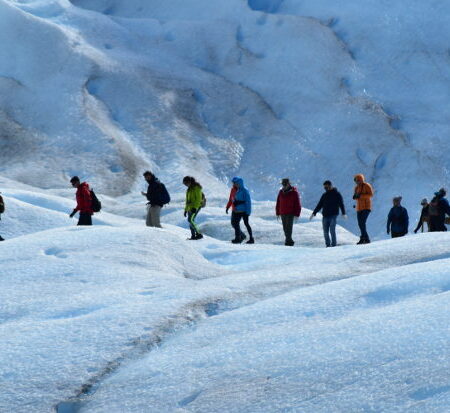 $ 1.755,00 – $ 3.220,00Price range: $ 1.755,00 through $ 3.220,00
$ 1.755,00 – $ 3.220,00Price range: $ 1.755,00 through $ 3.220,00Duration: 7 days.
Destinations: El Calafate, Ushuaia.
Highlights: Adventure, Beagle Channel, Mt. Fitz Roy, Estancias, Perito Moreno Glacier, Lake Argentino, Lake Escondido, Lake Fagnano, The Glaciers National Park, Tierra del Fuego National Park, Hiking / Trekking.
This tour is available all year round and departs daily.
Destinations: El Calafate, Ushuaia.
Highlights: Adventure, Beagle Channel, Mt. Fitz Roy, Estancias, Perito Moreno Glacier, Lake Argentino, Lake Escondido, Lake Fagnano, The Glaciers National Park, Tierra del Fuego National Park, Hiking / Trekking.
This tour is available all year round and departs daily.
A trip crafted for active travelers and those in search of genuine adventure. It connects two of Patagonia’s most emblematic destinations: the Perito Moreno Glacier, icon of the southern ice fields, and Tierra del Fuego, the legendary archipelago at the end of the world. In each location, the...
Bariloche, the Lakes Capital
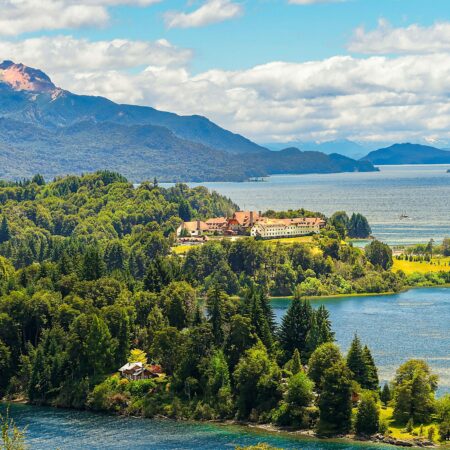 $ 610,00 – $ 1.550,00Price range: $ 610,00 through $ 1.550,00
$ 610,00 – $ 1.550,00Price range: $ 610,00 through $ 1.550,00Duration: 5 days.
Destinations: Bariloche, San Martín de los Andes, Villa La Angostura.
Highlights: Andes Mountains, Cruises & Navigation, Lake Nahuel Huapi, Seven Lakes Road.
This tour is available all year round and departs daily.
Destinations: Bariloche, San Martín de los Andes, Villa La Angostura.
Highlights: Andes Mountains, Cruises & Navigation, Lake Nahuel Huapi, Seven Lakes Road.
This tour is available all year round and departs daily.
Bariloche is at the heart of the Andean Lakes District. This tour explores its most iconic routes—from the serenity of the Circuito Chico to the sweeping views atop Cerro Campanario, and the ever-changing scenery along the famous Seven Lakes Road. Between outings, there’s time to enjoy regional cuisine,...
Walking with penguins
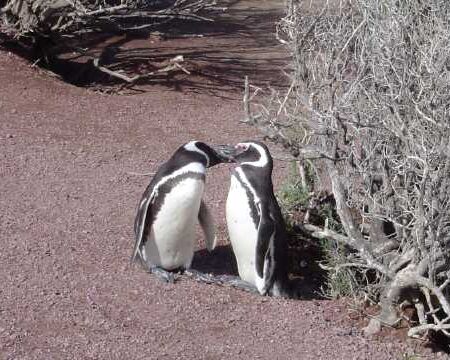 $ 480,00 – $ 880,00Price range: $ 480,00 through $ 880,00
$ 480,00 – $ 880,00Price range: $ 480,00 through $ 880,00Duration: 4 days.
Destinations: Puerto Madryn.
Highlights: Penguins and Whales, Valdes Peninsula.
This tour is available from September up to March and departs daily.
Destinations: Puerto Madryn.
Highlights: Penguins and Whales, Valdes Peninsula.
This tour is available from September up to March and departs daily.
A brief yet immersive journey through one of Patagonia’s most emblematic natural sanctuaries. On the Valdés Peninsula—UNESCO World Heritage Site—wildlife thrives across stark, wind-swept plains. Further south, Punta Tombo welcomes nearly a million Magellanic penguins each season. Along narrow paths etched into the steppe, one walks among them—an...
Australis Cruise: Ushuaia – Punta Arenas
 $ 2.315,00 – $ 6.959,00Price range: $ 2.315,00 through $ 6.959,00
$ 2.315,00 – $ 6.959,00Price range: $ 2.315,00 through $ 6.959,00Duration: 5 days.
Destinations: Punta Arenas, Ushuaia.
Highlights: Cape Horn, Beagle Channel, Cruises & Navigation.
This tour is available from September up to March and departs from september.
Destinations: Punta Arenas, Ushuaia.
Highlights: Cape Horn, Beagle Channel, Cruises & Navigation.
This tour is available from September up to March and departs from september.
Cruising the fjords aboard the Mare Australis offers a rare exploration of Patagonia’s far south, through the wild archipelagos of Tierra del Fuego, following routes navigable only by Australis Cruises. The journey retraces the history of Cape Horn and Wulaia Bay—sites shaped by early exploration, indigenous presence, and...
